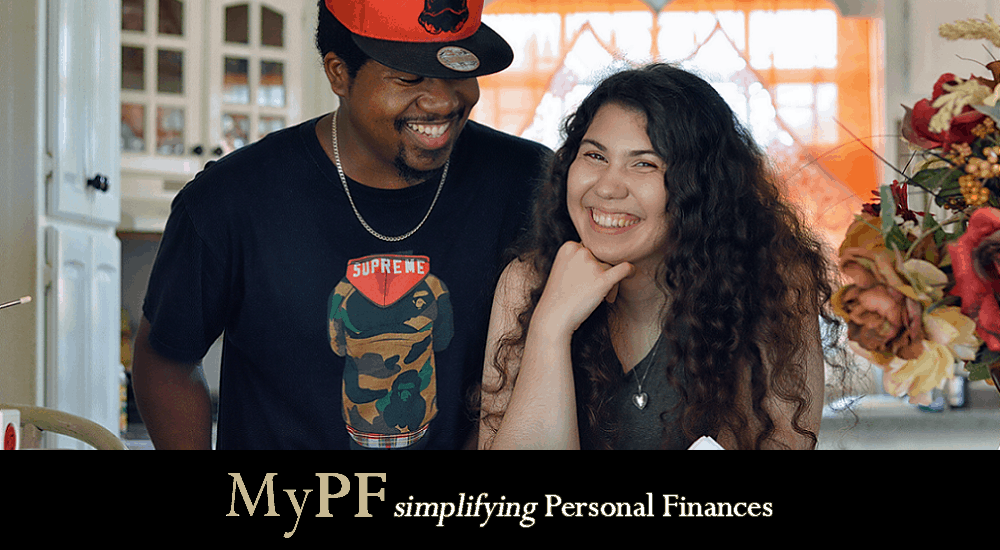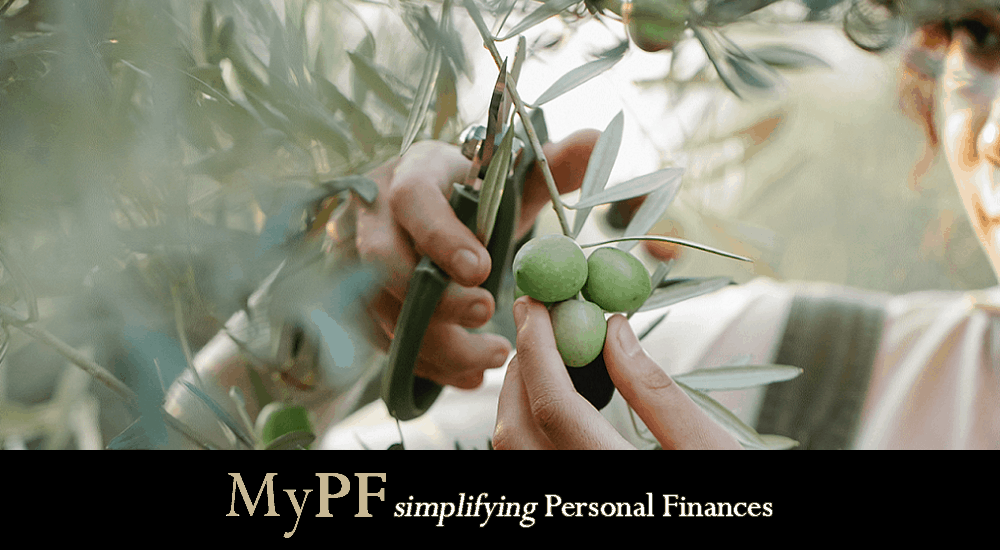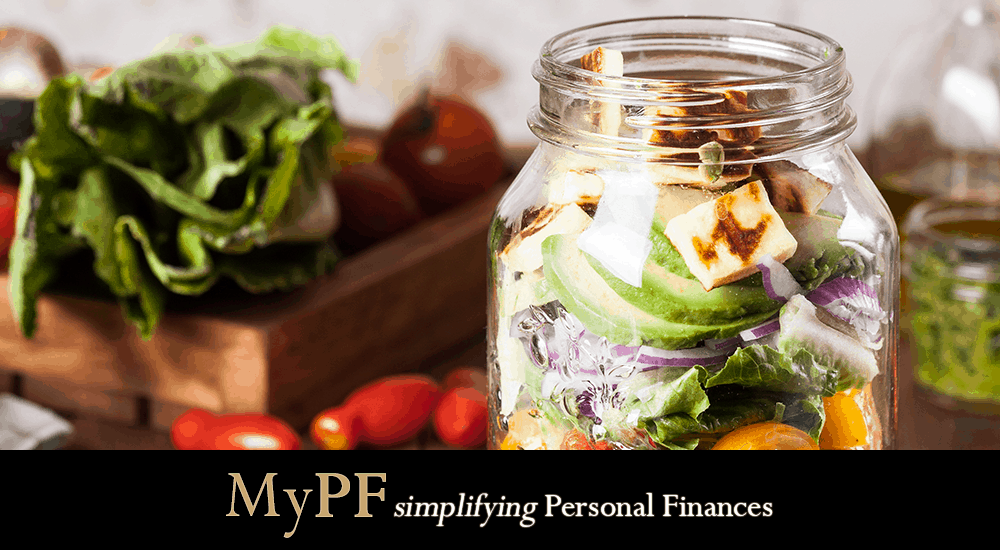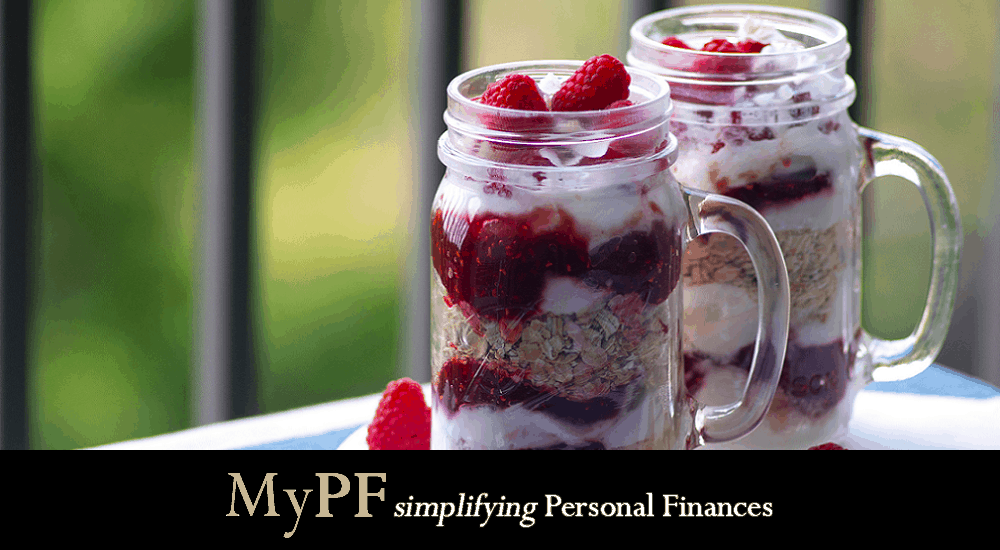Ideas to inspire those who want to start baby steps towards living frugally without being labelled cheap.
“Eh, am I spending too much? How now?”
In the pursuit of financial freedom, we may want to censor our spending. But, when we are being careful with our money, it is easy for others to perceive us as being kedekut or cheap.
To help you gain more confidence with your choices, do know that there are differences between being cheap and being frugal. While it isn’t an exact science, identifying where you stand and where you want to be can help you make better choices.
Cheap: Unwilling to spend, even when it is needful.
Frugal: Cautious, sparing, or economical with spending.
You see, a cheap person is reluctant to part with any amount of money. Meanwhile, a frugal person pays for an item based on its value and is willing to pay more for better value. A frugal person also knows there are some things you can’t live without, such as medicine.
If living frugally sounds good to you, here are some ideas to get you started on the right track.
Contents
Idea #1. Carry a Water Bottle and a Snack
Carry a water bottle and a pack of snacks with you to tide you over when you feel hungry, munchy, or are low on energy.
Not only will you save money on buying drinks and snacks, you would also be saving the environment by reducing single-use plastic waste Did you know, single-use plastic waste such as plastic bags cannot be recycled?
A water bottle and a small tipuware of biscuits can be conveniently kept in your bag or your car.
Keeping yourself hydrated is good for your health and your looks. A snack helps you not go hungry and risk getting gastritis or other gastro-intestinal ailments, for which treatment would not be cheap.
Research also confirms that shopping when you are hungry leads to more purchases!
Idea #2. Trim your Bills
Frugal living means cutting costs without it being too much of an inconvenience. It’s time to take a closer look at your monthly bills.
Firstly, review any subscriptions that you aren’t utilizing much and do something about them. Start surveying for alternative options that better suit your needs so you can switch to something more value for money. If it turns out to be something you feel you can live without, go ahead and cancel instead.
Secondly, change some habits. For example, hanging laundry up outside rather than using a dryer or turning the water off when you brush your teeth. Have a look at what are the small things that eventually add up. Have you been charged interest because you are late at paying your credit card bills? Set a reminder on your phone and do better next month.
Thirdly, replace your electrical appliances. As technology advances, our appliances get more and more efficient too. It’s not just about switching to inverter technology and LED lights. You might have noticed that energy efficiency labels such as Energy Star ratings are periodically revised with tighter thresholds so what was once labelled 5 stars could now be 4 or 3 stars.
Idea #3. Embrace DIY
Whether you learnt it in school from our Living Skills (Kemahiran Hidup) lessons or from real life lessons, mastering simple DIY can save you a tidy sum. It might even bring you a sense of satisfaction you can’t put a price tag on.
Some examples of basic DIY skills you can start with include:
- Mending and stitching up small tears and buttons.
- Simple home repairs.
- Painting to touch up flawed surfaces.
- Basic car maintenance.
- Grow your own herbs.
- Knife sharpening.
- Cook easy meals.
While you might think that these small things are not worth your time, it could save you from allowing the problem to become worse and more pricey to fix. This is especially true during the pandemic when we don’t know when we can have a handyman over or bring things to a shop for repair.
Idea #4. Meal Plan & Meal Prep to Simplify Buying in Bulk
This one covers two aspects which are to utilize the better prices you get when you buy in bulk and save your time. After all, time is money!
Buying in bulk is generally cheaper. When you do your shopping, do a price compare and see for yourself. Compare the prices based on weight. While we are not saying you should buy sacks of goods (there is a line between being frugal and taking things too far), buying enough to cover several meals would split up to be cheaper than buying an individual serving multiple times.
But, how would you know how many meals to buy for? This is where meal planning comes in. Draft out a monthly or weekly calendar framework. Next, fill it up with meals you would like to cook. Then, find out what are common items some of these meals share. For example, rather than buying a carrot, you can look for a half kilogram bag of carrots instead. Tweak your meals accordingly as you check through the ingredients you need for the week.
When it comes to cooking, you can choose to prep your meals for cooking several meals’ worth of the same dish at one go or to do your prep work for future cooking. With the prior, you can cook your weekday lunches at one go and refrigerate or freeze them up. With the latter, you can clean, chop, and portion up the necessary ingredients for your dishes in the coming week so that when it is time to cook you can just grab and toss in.
Remember, the more real food you cook (versus processed food), the better nutrition you are giving to yourself. Medical bills, begone!
Idea #5. Reuse, Repurpose, Recycle
Before you throw something out, have a look at it again and see whether it can still bring value in some form or other.
Reusing items or even buying second-hand items is another way to get more bang out of your buck. Please do check that they are safe for reuse, in particular if you are using it for food or water storage.
If there is still some reuse to the item but you don’t foresee yourself using it anytime soon (clutter alert!), then consider putting it up for sale or gifting it to those who would put it to better use.
Recycling is the least favored option. While we all know that recycling is good for the environment, it is still not clear how much of our recyclables actually end up being recycled. Additionally, the recycling process uses energy so it’s not really that green after all. Avoid recycling items while there is still some use in them and instead gift them away. However, if the item no longer has any reuse value, then do recycle it then.
To level up your game, get in the practice of keeping all these in mind before you buy anything. The next time you go shopping, look at the packaging of the item and consider whether you could reuse, repurpose, and someday recycle it. Save yourself a little money while helping the environment – that’s a great combo!
Idea #6. Practice Delayed Gratification
When you choose to be frugal, you need to drop the habit of impulse purchases.
Being frugal means getting the best value in things. To do so, you need to carefully vet your purchases. Some questions to ask yourself include:
- Do I need this?
- Will I use it often?
- Have I compared prices?
- Am I interested because of an emotion that will wear off quickly? (Hungry, angry, envious, pride, etc)
- Will I still want this next week/month?
Give yourself time to compare prices, come to terms with any emotion-driven impulse, and recognize if the item brings real value or not.
Be careful about rushing to buy something just because it is on sale – just because it is cheap doesn’t mean it brings value. Take some time to deliberate your options first. Also, watch out for lifestyle creep.
Idea #7. Work Up a Sweat
One expensive financial drain people take note of would be medical bills. If there was a way to reduce your medical bills with some upfront planning, wouldn’t you be interested?
Believe it or not, regular exercise is part of the frugal living lifestyle. Eating healthy isn’t good enough. Make time in your busy life to spend 30mins 5x a week (that’s a 150 minutes) doing some sort of exercise. For example, take a walk to the end of the street and back again.
To bring even more value, tie your exercise with activities that will bring additional value as well. For example, work up a sweat while you scrub your bathroom. It’s a good feeling x2!
Conclusion
The switch from your current lifestyle to becoming more frugal is a simple switch. It is up to you to determine how fast or slow you want to ease into the lifestyle. Start with these few ideas and gauge your own level of comfort.
Do you have any other ideas for beginners of frugal living to start with?













Leave A Comment